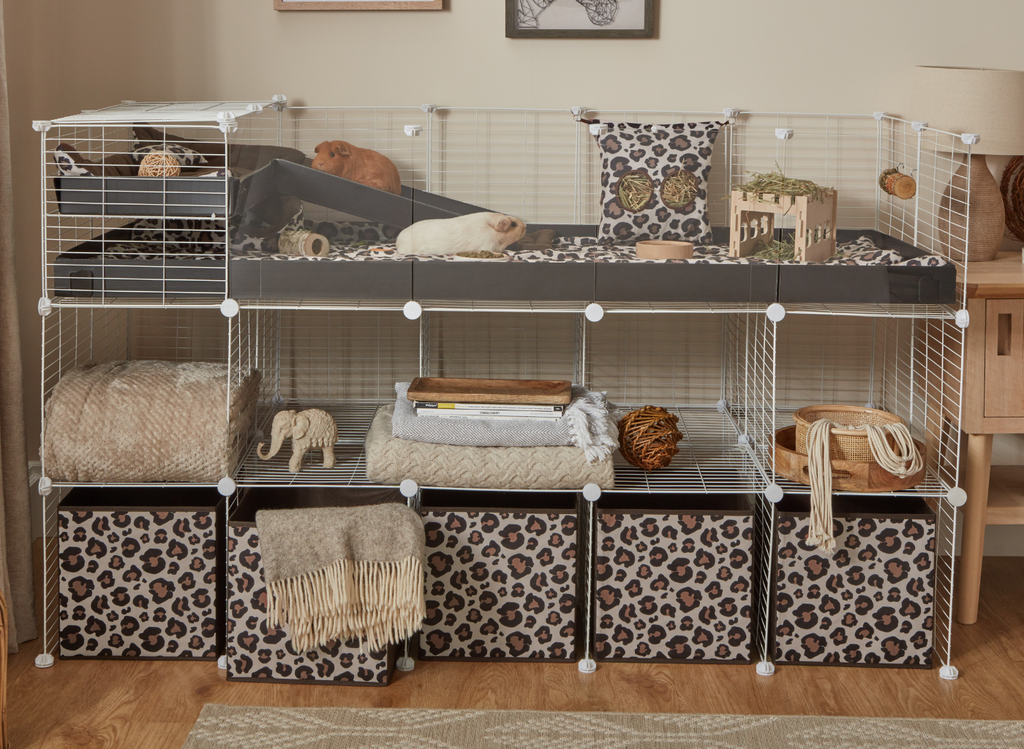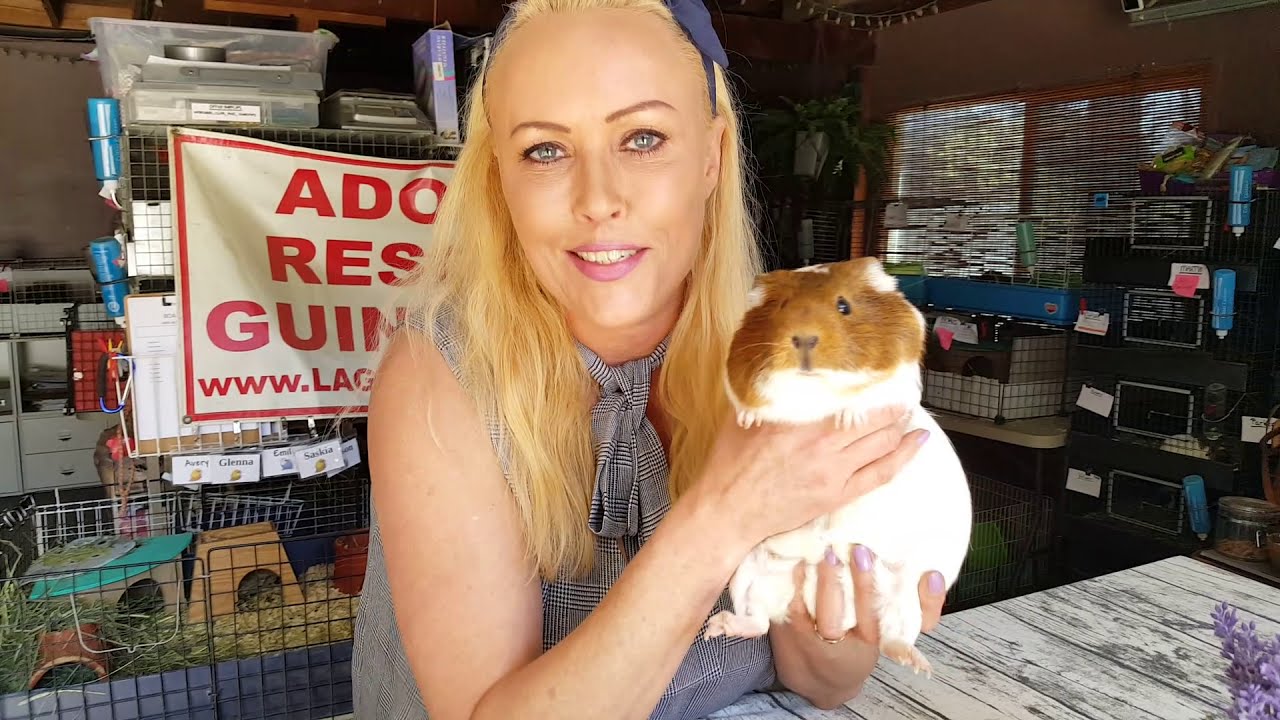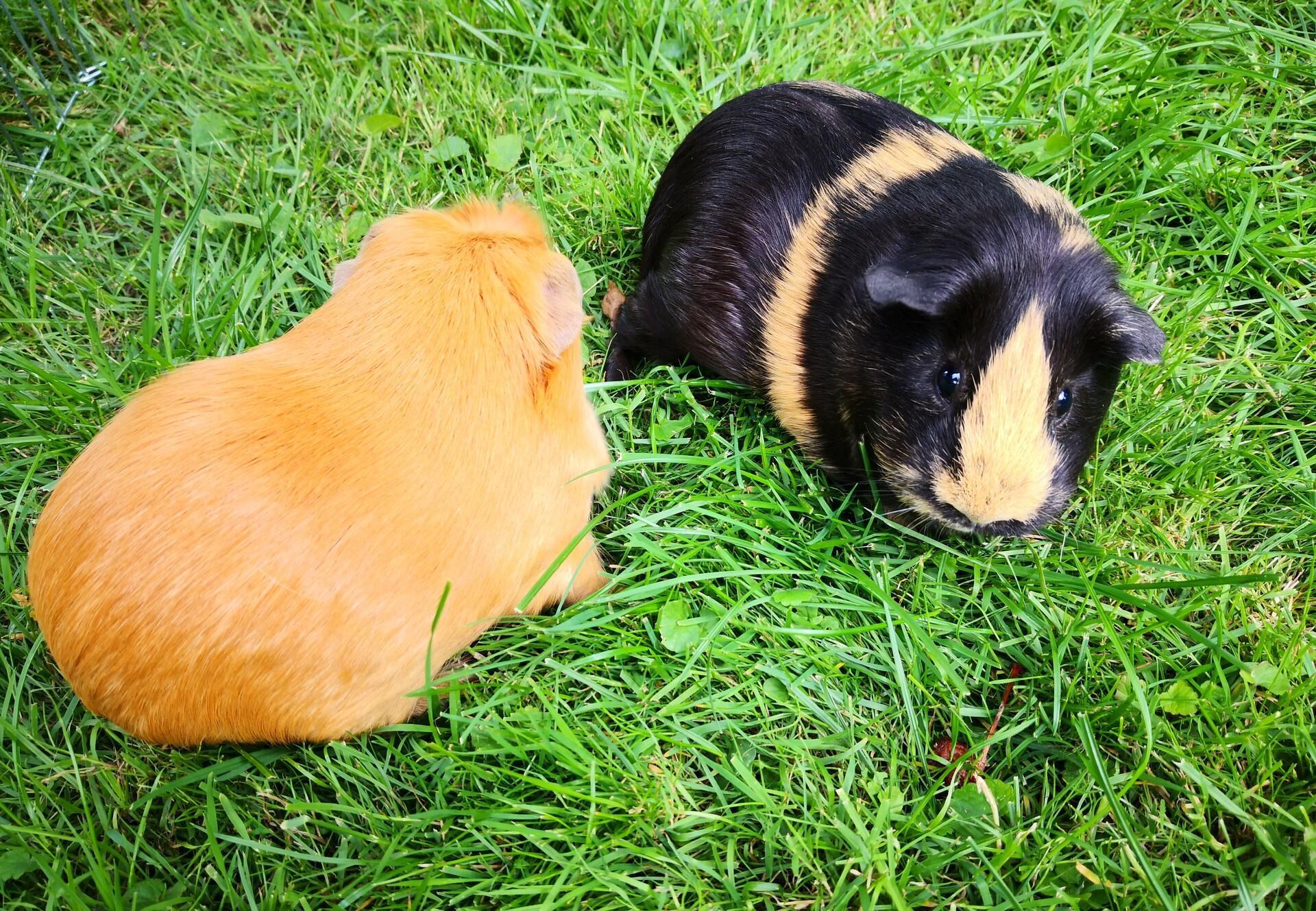Guinea pigs, also known as cavies, are adorable and social animals that have gained popularity among pet owners. These small, furry pets are loved for their gentle nature and make excellent companions for both kids and adults. However, as with any pet, it’s essential to ensure that guinea pigs have an appropriate living space that caters to both their physical and mental well-being. This brings us to an important question: how much space does a guinea pig really need?
In this detailed guide, we’ll explore the space requirements for guinea pigs and examine the factors that affect their space needs. Additionally, we’ll discuss the advantages of providing them with plenty of space and share tips for creating an enriched, spacious environment that will keep them happy and healthy.
READ MORE:
The Hairless Guinea Pig: An Extraordinary and Charming Breed
The Sounds of Guinea Pigs: A Full Guide
Understanding Guinea Pig Wheezing: A Squeak of Concern
Guinea Pig Ear Infections: An In-Depth Overview
Contents
- 1 Minimum Cage Size for Guinea Pigs
- 2 Factors Affecting Space Needs: Number of Guinea Pigs and Age
- 3 The Importance of Adequate Space: Health and Behavioral Benefits
- 4 Creating a Spacious and Stimulating Environment: Cage Setup and Exercise
- 5 Alternatives to Cages: Playpens, Runs, and Free-Roaming
- 6 Conclusion
Minimum Cage Size for Guinea Pigs

For a single guinea pig, the minimum recommended cage size is 7.5 square feet (0.7 square meters). While this is the bare minimum, it does not provide ample space for these active animals to move, exercise, or explore. For a more comfortable environment, it is highly recommended to opt for a larger cage or provide additional supervised playtime outside the cage.
When housing two guinea pigs together, the minimum recommended cage size increases to 10.5 square feet (1 square meter). This gives them enough space to coexist peacefully and provides room for movement and exercise. For each additional guinea pig, you should add 2-4 square feet (0.2-0.3 square meters) to their living space. For example, a cage for three guinea pigs should measure approximately 13.5 square feet (1.3 square meters).
It’s important to note that these size recommendations apply to the floor area only, not the overall cage size, which may include additional levels or platforms. Furthermore, the cage should have a solid base, as wire-bottom cages can cause foot injuries. A cage with a plastic base and a wire top is an ideal choice.
Factors Affecting Space Needs: Number of Guinea Pigs and Age

The number of guinea pigs you keep plays a significant role in determining how much space they need. As mentioned earlier, additional guinea pigs require extra space to ensure they are not overcrowded. Guinea pigs are social animals and thrive when kept in pairs or groups, so having sufficient space will help avoid stress and behavioral problems that can arise from being too cramped.
Age is another factor that influences space needs. While young guinea pigs (pups) may not need as much space initially, they will require more room as they grow. It’s advisable to provide a sufficiently spacious area from the start to avoid having to upgrade their living quarters later on.
The Importance of Adequate Space: Health and Behavioral Benefits

Providing your guinea pigs with enough space goes beyond mere comfort. It also offers significant health and behavioral benefits.
The most apparent benefit is physical health. Guinea pigs require enough room to move around, stretch, and exercise. A cramped living space can lead to obesity, muscle atrophy, and other health problems. By offering them more space to explore and exercise, you help maintain a healthy weight and improve their overall fitness.
Ample space also contributes to better mental health. Guinea pigs are social creatures, and limited space can lead to aggression and stress. When housed in tight quarters, they may fight with one another, resulting in injuries and tension. Additionally, a lack of stimulation can cause boredom and even depression. By providing a spacious environment, guinea pigs can engage in natural behaviors like foraging, playing, and exploring, which keeps them mentally stimulated and happy.
Creating a Spacious and Stimulating Environment: Cage Setup and Exercise

To ensure your guinea pigs have both the space and enrichment they need, here are a few suggestions for setting up their living area:
- Choose the Right Cage: First and foremost, pick a cage that provides enough space for your guinea pig(s). For a single guinea pig, the minimum size should be 7.5 square feet (0.7 square meters), with an extra 2-4 square feet (0.2-0.3 square meters) for each additional guinea pig.
- Add Multiple Levels or Platforms: Consider incorporating platforms or additional levels in the cage to maximize the available space. These vertical spaces allow your guinea pigs to climb and explore, adding to the overall living area.
- Cage Enrichment: Enrich your guinea pigs’ environment by providing a variety of toys and items for them to interact with, such as tunnels, chew toys, and boxes. Regularly rotate these items to keep things fresh and stimulating.
- Exercise Time Outside the Cage: In addition to their cage space, guinea pigs benefit from regular exercise outside the cage. Set up a safe, designated area where they can roam and explore. Supervise them during playtime and guinea pig-proof the area to ensure their safety.
Alternatives to Cages: Playpens, Runs, and Free-Roaming
While traditional cages are the most common option for guinea pig housing, there are alternative setups that may better suit their needs:
- Playpens and Runs: Playpens and runs offer additional space for guinea pigs to move around freely, whether indoors or outdoors. These areas allow them to exercise while keeping them secure. Be sure to make the enclosure escape-proof to prevent them from getting out.
- Free-Roaming: You can also provide your guinea pigs with a larger, free-roaming space in a room or section of a room that has been guinea pig-proofed. As with playpens, it’s crucial to supervise them at all times to ensure they’re safe.
Although providing a spacious living area for guinea pigs may require extra time and effort, the benefits to their health and well-being are undeniable. Whether you choose a large cage or opt for an alternative setup, always prioritize their space needs for a happy, healthy guinea pig.
Conclusion

In conclusion, guinea pigs require more space than the minimum recommendations to thrive. The more space you can provide them, the better it is for their physical and mental health. By offering ample space for exercise, social interaction, and stimulation, you can help prevent health issues and behavioral problems. Whether you opt for a spacious cage, playpen, or free-roaming area, giving your guinea pigs the space they deserve will ensure that they lead a happy and fulfilling life. Remember, when it comes to space for guinea pigs, always aim to exceed the bare minimum—your furry friends will appreciate it!
